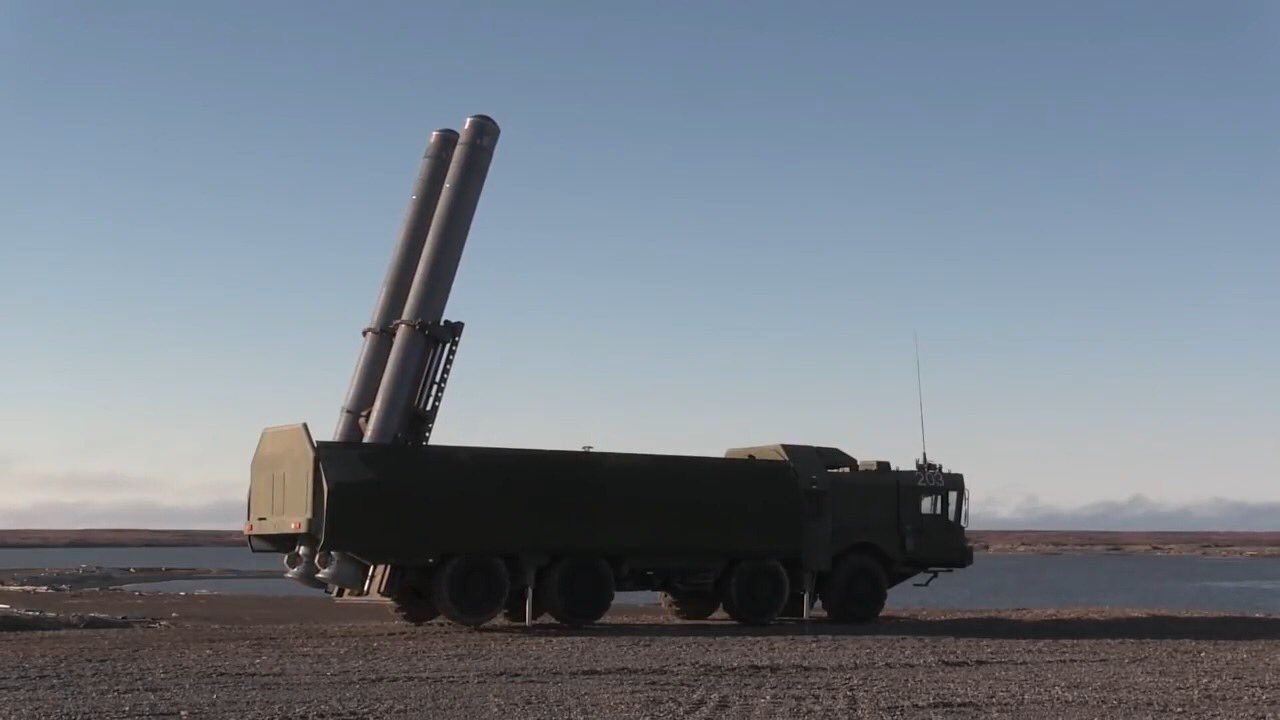The Russian armed forces carried out a planned exercise employing the Bastion coastal missile systems to strike simulated naval targets in the Gulf of Finland.
The Bastion coastal missile system is tailored to safeguard a coastline spanning more than 600 km.
Designed to operate effectively even in the face of intense enemy fire and sophisticated electronic countermeasures, it can engage surface vessels of diverse types and classifications. A single system can be equipped with up to 36 Onyx missiles, amplifying its potential impact.
The training exercise, conducted in the Gulf of Finland near NATO’s borders, was conducted by the Baltic Fleet.
The Baltic Fleet of the Russian Navy said that the crews manning the Bastion coastal missile system in the Leningrad region carried out a well-coordinated drill to proficiently execute missile strikes against designated sea targets in the Gulf of Finland.
The Bastion coastal missile systems of the Baltic Fleet conducted calculations to plan simulated attacks on maritime targets using electronic missile launches.
Furthermore, the drills required the participation of approximately 70 servicemen and about ten units of military and special equipment. The exercise included the participation of a Bastion coastal missile systems division and the sea & air situational reconnaissance complexes stationed at the Leningrad naval base.
During the exercise, the crews practiced a series of coordinated maneuvers, moving from their permanent deployment points to strategic positions along the Gulf of Finland coastline.
Once positioned, they readied their weaponry in accordance with established temporary standards before proceeding to simulate strikes.
Growing Tensions Between Russia & Baltic Nations
The exercises conducted in the Gulf of Finland are taking place against a backdrop of elevated tensions between Russia and European nations amid an unending war in Ukraine and the indirect involvement of NATO in the conflict.
Russia staged extensive and expansive military maneuvers in the Baltic Sea region in June. This strategic display of military prowess occurred approximately two months after Finland’s formal inclusion as the newest member within the ranks of the North Atlantic Treaty Organization (NATO).
Following Finland’s accession to NATO, its 830-mile border extending from the Barents Sea to the Gulf of Finland has transformed into a NATO boundary.
Under the principles outlined in the alliance’s charter, any hostile action from Russia directed towards Finland would now be interpreted as an assault on the entire assembly of NATO members.

Nonetheless, both Russia and NATO have upheld a heightened state of alertness within the Baltic region. NATO has strategically deployed multinational battalions in each of the Baltic nations.
It is presently engaged in discussions centered on augmenting troop numbers and bolstering equipment inventories in countries such as Estonia, Latvia, and Lithuania, as well as other frontline states like Poland.
Germany, at the forefront of the multinational battalion stationed in Lithuania, is actively drawing additional German troops by constructing supplementary barracks and enhancing infrastructure in Vilnius.

However, Berlin has aimed to maintain most of its armed forces within its borders, with a designated contingent reserved for Lithuania in the event of a pressing need.
Furthermore, the defense alliance has formulated fresh and comprehensive strategies, which have been duly shared with the Baltic states. Evaluated as viable and appropriate by member states, these strategies can effectively address escalating tensions, even encompassing scenarios that may spiral into a full-scale conflict.
Yet, in June, the foreign minister of Lithuania underscored the importance for NATO nations to boost their defense strategies, with a particular focus on the Baltic countries. This call comes amid Russia’s announcement to deploy nuclear weapons in neighboring Belarus.
Lithuania’s perspective hinges on the growing sense of vulnerability, particularly within what is known as the Suwalki Gap – a 100km-wide, sparsely populated border situated between Lithuania and Poland.
This geographical corridor is wedged between Russia’s Kaliningrad exclave on one flank and Belarus on the other.
- Contact the author at ashishmichel(at)gmail.com
- Follow EurAsian Times on Google News




